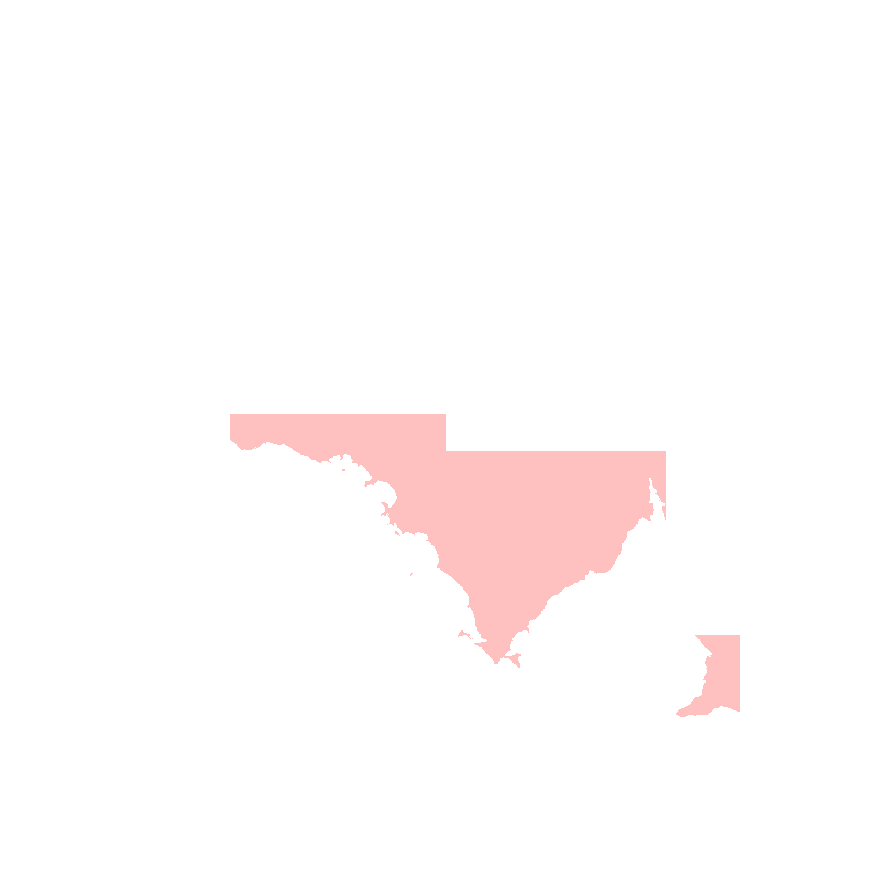Alyogyne huegelii (∗)
Malvaceae
Native Hibiscus
Distribution by Herbarium region


Adelaide
Arkaroola
Ceduna
Coober Pedy
Hawker
Innamincka
Marla
Marree
Mount Gambier
Oodnadatta
Renmark
Wudinna
Keith
Yunta
Prior names
Alyogyne sp. Walkers Rocks (M.L.Evans 259)
Hibiscus huegelii var. glabrescens
Distribution and status
Herbarium regions: Eyre Peninsula, Southern Lofty, Green Adelaide
NRM regions: Adelaide and Mount Lofty Ranges, Eyre Peninsula
AVH map: SA distribution map (external link)